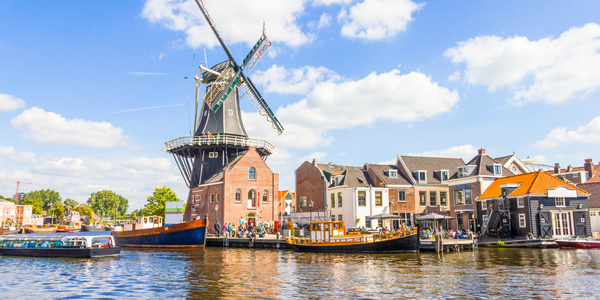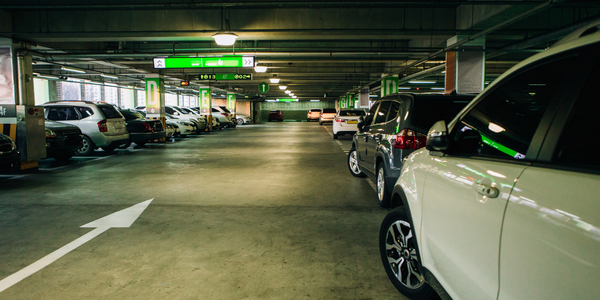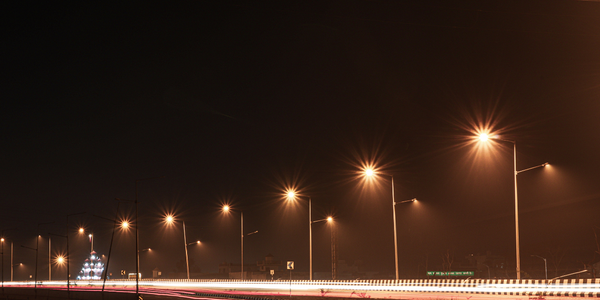Customer Company Size
Large Corporate
Region
- America
Country
- Mexico
Product
- CARTO Engine
- Plataforma CDMX
- Mapa CDMX
Tech Stack
- Geospatial technology
- Web-based portal
- Interactive cadastral map
Implementation Scale
- Enterprise-wide Deployment
Impact Metrics
- Customer Satisfaction
- Brand Awareness
Technology Category
- Platform as a Service (PaaS) - Connectivity Platforms
Applicable Industries
- Cities & Municipalities
Applicable Functions
- Logistics & Transportation
- Facility Management
Use Cases
- Public Transportation Management
- Public Warning & Emergency Response
Services
- Data Science Services
- System Integration
About The Customer
The government of Ciudad de México (CDMX) is a global leader in digital and open governance. In September 2018, it ratified a constitution, the Magna Carta, which secures rights and responsibilities to the 9 million residents of the capital. These newly guaranteed civil protections are guiding recovery and reconstruction efforts following the 7.1 magnitude earthquake that struck central Mexico on September 19, 2017. The Secretariat of Civil Protection (SPC) convened the Commission for the Reconstruction, Recuperation, and Transformation of the City of Mexico, a legislative body representing various departments and agencies, tasked with supervising immediate disaster relief and long-term reconstruction efforts.
The Challenge
The 7.1 magnitude earthquake that struck central Mexico on September 19, 2017, caused significant damage to the infrastructure of Ciudad de México (CDMX), posing unprecedented obstacles to response efforts. The earthquake destroyed 228 buildings in the city, with many more at risk of collapse, putting even more residents at risk. The immediate aim of the Commission for the Reconstruction, Recuperation, and Transformation of the City of Mexico was to rescue people trapped by the rubble and evacuate others in areas at risk of further collapses. However, the damaged infrastructure posed obstacles in terms of assessing citywide damage. The Commission needed a two-way digital resource where citizens could file property damage reports that provided local officials with crowdsourced data on where to allocate emergency resources.
The Solution
CARTO's flexible geospatial technology met the needs of the Commission, helping to launch Plataforma CDMX, a web-based portal whose two-way data sharing platform provides Mexico City residents a direct line of communication with local officials amid ongoing recovery efforts. Using CARTO Engine, Plataforma CDMX features an interactive cadastral map, Mapa CDMX, that allows users to submit damage claims, locate nearby properties whose damages pose risks, and keep track of the status of technical assessments issued by the Security Institute for the Construction of the Federal District. CARTO provided geocoded data from the 2014 census, available in the Data Observatory, allowing local officials to establish property value benchmarks. Plataforma CDMX leveraged this location data to implement a classification system that identified the level of risk for damaged properties by municipality and by land use.
Operational Impact
Quantitative Benefit

Case Study missing?
Start adding your own!
Register with your work email and create a new case study profile for your business.
Related Case Studies.

Case Study
Turning A Stadium Into A Smart Building
Honeywell created what it called the “intelligent system” for the National Stadium in Beijing, China, turning the venue for the opening and closing events at the 2008 Summer Olympics into a “smart building.” Designed by highly controversial artist Ai Weiwei, the “Bird’s Nest” remains one of the most impressive feats of stadium architecture in the world. The 250,000 square meter structure housed more than 100,000 athletes and spectators at a time. To accommodate such capacity, China turned to Honeywell’s EBI Integrated Building Management System to create an integrated “intelligent system” for improved building security, safety and energy efficiency.
.png)
Case Study
Smart Street Light Network (Copenhagen)
Key stakeholders are taking a comprehensive approach to rethinking smart city innovation. City leaders have collaborated through partnerships involving government, research institutions and solution providers. The Copenhagen Solutions Lab is one of the leading organizations at the forefront of this movement. By bringing together manufacturers with municipal buyers, the Copenhagen Solutions Lab has catalyzed the development and deployment of next-generation smart city innovations. Copenhagen is leveraging this unique approach to accelerate the implementation of smart city solutions. One of the primary focus areas is LED street lighting.

Case Study
Buoy Status Monitoring with LoRa
The Netherlands are well-known for their inland waterways, canals, sluices and of course port activities. The Dutch Ministry of Infrastructure indicates that there are thousands of buoys and fixed items in and near water environments that would profit from IoT monitoring. One of the problems with buoys for example, is that they get hit by ships and the anchor cable breaks. Without connectivity, it takes quite some time to find out that something has happened with that buoy. Not to mention the costs of renting a boat to go to the buoy to fix it. Another important issue, is that there is no real-time monitoring of the buoys at this moment. Only by physically visiting the object on the water, one gains insight in its status.

Case Study
Barcelona Case Study
Barcelona’s heavy traffic and its associated high levels of pollution were the primary factors that motivated some companies and universities to work on strategies for improving traffic in the city centre. Bitcarrier is one of the technologies involved in the In4Mo Project, whose main objective is to develop the applications that form the core of smart mobility, one of the fundamental pillars of the smart city concept.

Case Study
China Mobile Smart Parking
Smart Parking, powered by NB-IoT technology, is making it easier for drivers to find free parking spots. Cities can better manage their parking assets and maximize the revenue available to them as a result. Drivers searching for parking create congestion and pollution by circling and hunting for available parking. Smart Parking services are able to significantly ease these problems by guiding a driver directly to a parking space.








